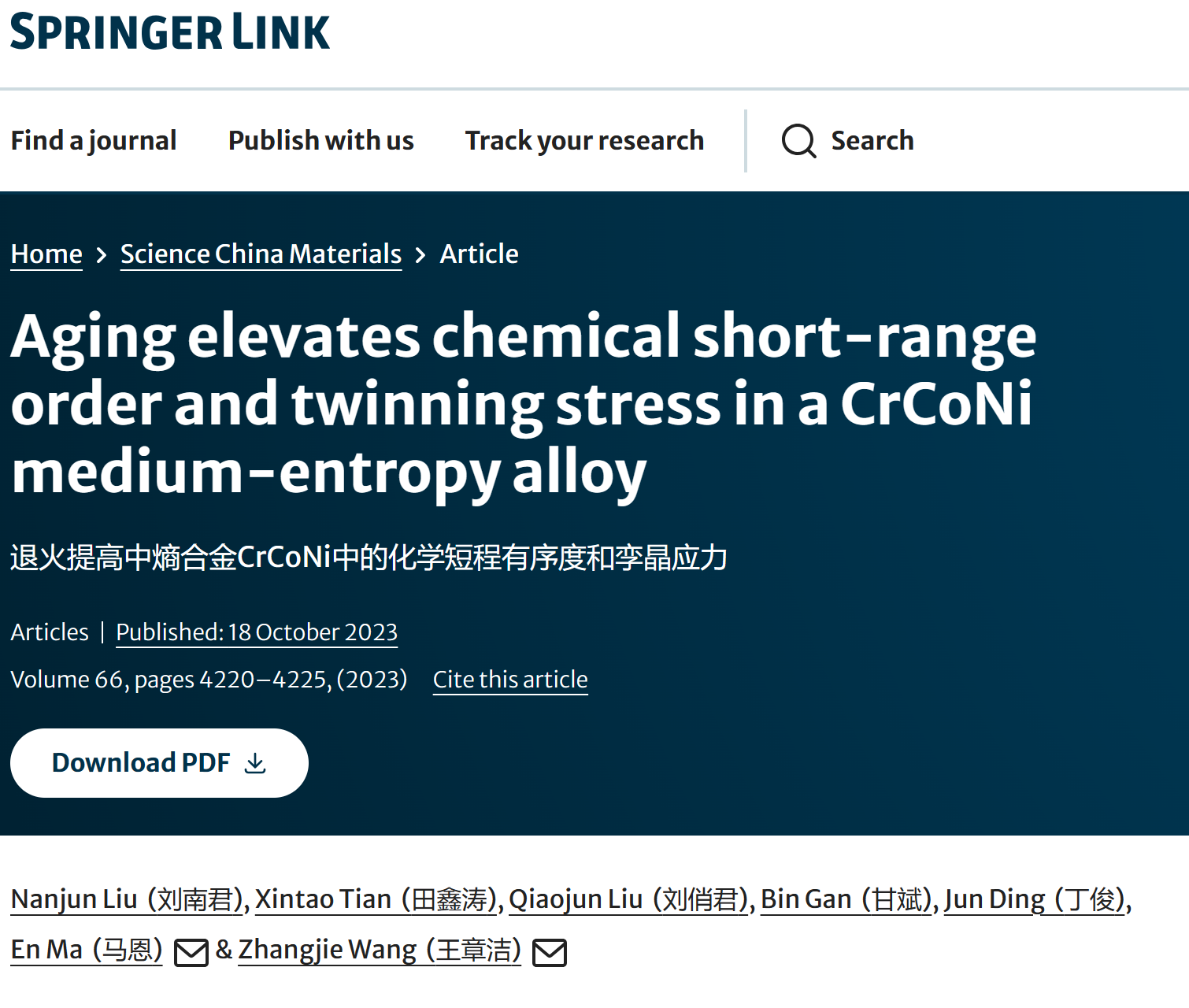
Nanoindentation has been widely used to study the effect of chemical short-range order (CSRO) on the strength of high- and medium-entropy alloys (such as CrCoNi), especially the nucleation stress of plasticity carriers. However, apart from the speculation based on pop-in statistics, the mechanism responsible for the extremely small pop-in events during nanoindentation has not been experimentally captured. Here, with meticulous manipulation, we were able to lift out very shallow pop-in indentations with depths down to 7 nm for characterization under a transmission electron microscope. We found that the first burst arose from the formation of stacking faults and nanotwins. This enabled us to conclude that it is the twinning (nucleation) stress that has been elevated in the [001]-orientated/loaded CrCoNi single crystal with a higher CSRO level after aging when compared with its as-homogenized counterpart. The degree of CSRO can be monitored using extra diffuse reflections in reciprocal space.
Link:Aging elevates chemical short-range order and twinning stress in a CrCoNi medium-entropy alloy | Science China Materials (springer.com)